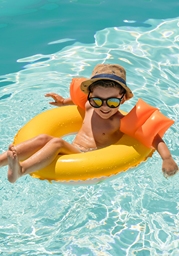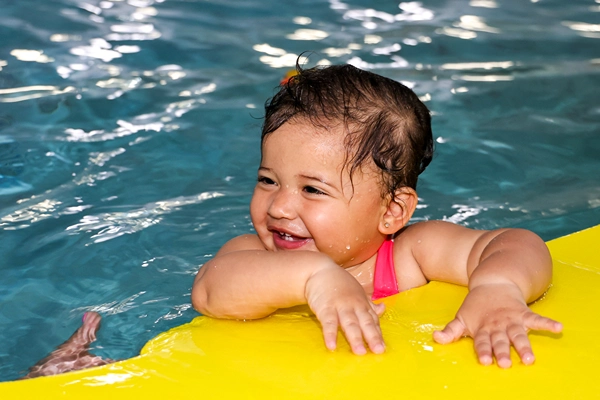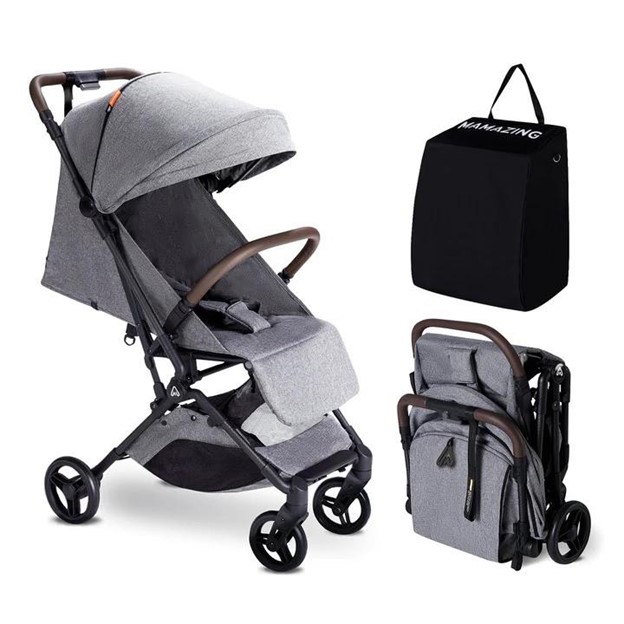Do You Need an Attorney to Create a Trust?
Did you know that one in four Americans wants to create a will or trust soon, according to Ipsos Consumer Tracker research? A trust will secure your legacy and provide your loved ones and beneficiaries access to your assets without the legal problems that usually come with an estate.
On average, it takes two years to release a complex asset from probate, while even simple wills might take six months to go through the process.
So, do you really need an attorney to create a trust? While it’s technically possible to create a trust on your own using online forms, law firm Thomas & Webber suggests having an attorney can help you avoid mistakes, make sure your assets are properly included, and ensure that the trust complies with state laws.
Find out how having professional guidance can give you peace of mind that your trust will safeguard your assets for the future.
Understanding Trust Formation Process
To legally establish and execute your wishes while creating a trust without an attorney, you must understand the trust creation procedure. Decide what kind of trust you want. A revocable trust can be changed during your lifetime, but an irrevocable trust cannot. Knowing your options is vital. The ability to establish a trust is a significant component when making a will and trust to effectively manage your assets and their distribution.
You should also appoint a trustee to manage the trust per your instructions. This person needs to be reliable and financially responsible. After choosing a trustee, define the trust terms. Provide instructions for asset management and distribution to beneficiaries.
The trust document must be signed and notarized by state law to be binding.
Benefits of Hiring an Attorney
Hiring an attorney has a lot of benefits. But, before you finally hire an attorney, take advantage of scheduling an appointment with a trust lawyer offering free consultation. This move ensures that you can assess the lawyer’s capacity before hiring or retaining him or her.
Having an attorney means having someone who will make sure that your trust is correctly established and executed and that the trust meets your goals and state regulations. Your attorney can also construct the trust document precisely, avoiding future disagreements and legal issues.
Having an attorney can provide you with peace of mind that your assets and wishes are protected by law and that your trust will work as planned.
Risks of DIY Trust Creation
If you choose to establish your trust without legal guidance, you may commit errors that may have unwanted repercussions or, worse, invalidate the trust. You may miss important information or introduce unenforceable provisions without an attorney.
An attorney can customize the trust to meet your estate planning goals. Insufficient trust money is another common issue. Incorrectly transferring assets into the trust can reduce its efficacy and negate its purpose.
An attorney can help reduce these risks and provide you with peace of mind that your trust is properly constituted and legal.
Factors Influencing Attorney Requirement
If your assets are straightforward, such as a single home and a savings account, you might be able to create a simple trust on your own.
If you have a broad portfolio, business interests, or assets in multiple states, you should get legal assistance. Complex assets make it more probable that an attorney can assist you in creating a trust. An attorney can appropriately establish conditional payouts, charity donations, and special needs considerations in your trust.
Legal practitioners can also advise on tax consequences, challenges, and state-specific trust legislation. You can decide whether you need an attorney based on the complexity of your assets and trust provisions.
Making an Informed Decision
Your comfort in dealing with legal matters and your willingness to invest time and effort can help you decide whether to create a trust without an attorney. As mentioned, your primary consideration is the complexity of your assets. You should also assess your knowledge and abilities to manage state trust laws.
You should also compare the financial savings of DIY to the risks of mistakes that could lead to legal issues. Assess your confidence in creating trust autonomously using internet resources and self-help tools.
If you choose not to hire a lawyer, you might not receive trusted financial advice. By considering these issues and being honest about your abilities, you can confidently decide whether creating a trust without an attorney is best for you.
Conclusion
Having an attorney is really recommended if you want to establish a trust. An attorney can assist you in constructing the trust to match your goals and reduce the possibility of future errors or issues. DIY may be appealing, but expert help outweighs the risks.










